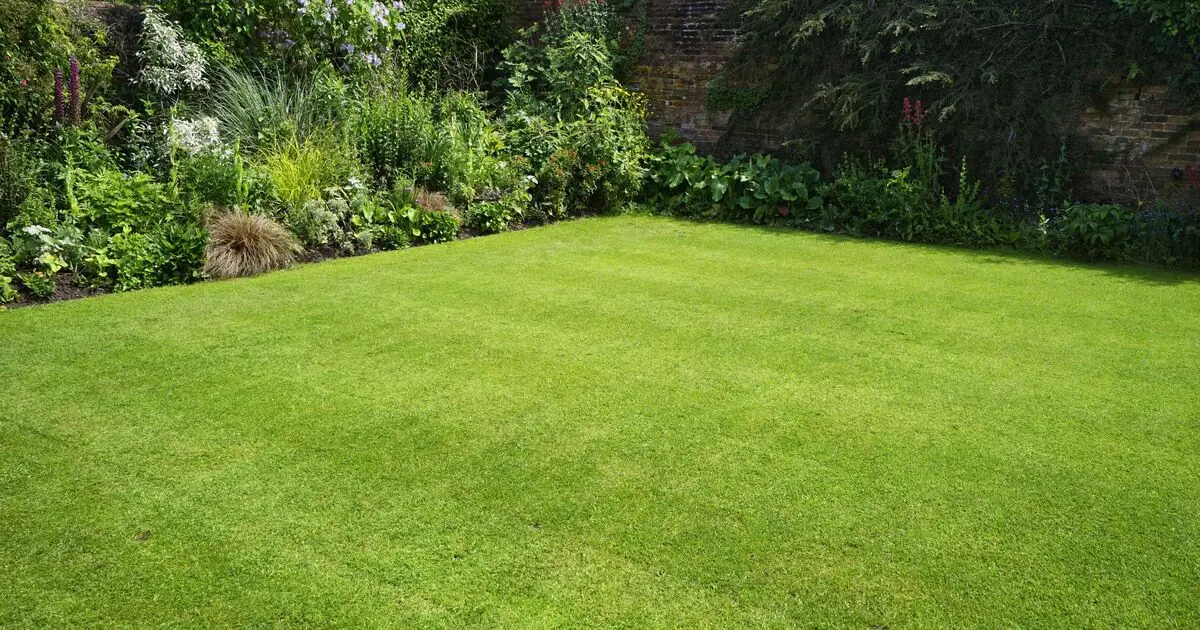Having a luscious green lawn in spring and summer can require year-round maintenance and care. One crucial aspect is understanding when to stop cutting the grass, a piece of information that’s becoming increasingly more sought after. Indeed, it seems many green-fingered Britons have found themselves asking, “when should I stop mowing my lawn?”
One surprising detail that gardeners should take note of is that lawn health can significantly improve if they retire their mowers at the right time. According to gardening professionals, it’s best to pause mowing as the weather gets colder since shorter days throughout the winter mean fewer hours when your lawn is exposed to the sun and photosynthesising. This process is essential for strong and healthy grass, ensuring a green and luscious lawn throughout the year.
If the lawn is overcut, every blade’s surface area reduces, subsequently limiting its capacity to grow and nourish itself. Lower temperatures typically lead to the grass halting its growth, leading gardeners to consider retiring their mowers between October and November. However, today’s fluctuating seasons and the now common experience of a warmer winter sun in some areas can sometimes extend this growth into December.
To ensure you do not hinder your lawn’s health, it’s advisable to check the long-range forecast in your region. If you notice a significant drop in temperatures, make plans for that to be your final mow until the cold spell lifts, which typically depends on your region’s climate. Meanwhile, those who still experience above-average temperatures through December should wait until their grass attains a certain length before mowing.
If your grass continues to grow during the winter, it’s best to cut it once it exceeds three inches in height. When mowing, avoid removing more than one-third of the grass height at a time to maintain healthy growth.
After giving your lawn the last mow of the season, it’s recommendable to remove all lawn clippings off the grass. Leaving lawn clippings is usually not an issue in the warmer months; however, doing so in autumn and winter could negatively affect your lawn.
Layers of clippings could block light from reaching the grass underneath, eventually leading to dead patches on the lawn that aren’t getting the nutrients they need. Wet clippings can also foster the growth of lawn diseases and molds.
Another part of lawn care worth considering during autumn is reseeding bare patches. Applying lime to the lawn can also regulate the grass’s pH, assisting it in outcompeting weeds by raising the soil’s acid or alkalinity levels to suit grass growth better.
Gardening is an art that requires precise timing and knowledge to achieve the best results. Understanding when to cease mowing your lawn can make a significant difference in maintaining its health and vibrancy throughout the year. It’s crucial to pay close attention to the weather forecast and the changing seasons to guide your gardening chores accurately. With careful planning and diligent work, you can enjoy a beautiful green lawn come the next spring and summer.




